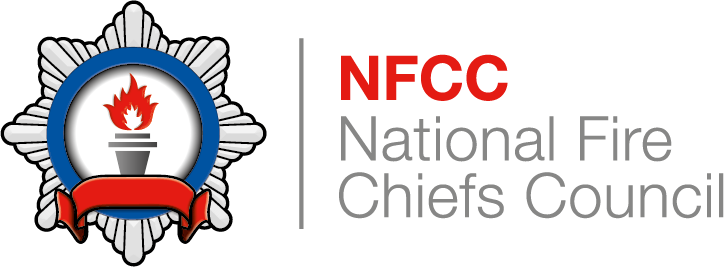National review of community risk methodology across UK Fire and Rescue Service
Navigation
Section
Good Practice
Social targeting
There is some evidence that social targeting is more challenging than other methods for targeting high risk groups, communities, and individuals. Socio-demographic data (e.g. Experian MOSAIC) are regularly used to identify the locations of high-risk social groups. We would encourage the FRS to continue this good practice of using available socio-demographic data to inform social targeting, and would recommend exploring additional relevant data sources to identify others at high risk (see 7.3.2 for more).
Evidenced social factors
West Midlands FRS reported good practice in their use of evidence from the Department for Communities and Local Government (2008) research into most at-risk social groups to identify their high-risk groups. There was evidence elsewhere that social targeting is based on assumptions of high risk, with FRSs using social data sets to identify those who are assumed to be high risk. However, academic evidence suggesting a range of factors, with evidence for regional variation (e.g. Dean, Taylor, Francis, & Clark, 2016; Taylor, Higgins, Lisboa, & Kwasnica, 2012), which suggests a need to avoid assumptions of risk, and use academic and practitioner evidence to inform practice. We encourage FRSs to use academic, government, or partner research into localised, up-to-date predictors of risk to inform social targeting.
Geographic targeting
It was common practice for FRSs to use Exeter or Mosaic data here to localise prevention and protection work. It was also common for this to be integrated with incident data and then geographically mapped using GIS tools and techniques. Decision making at this point was also frequently informed by response times or crew models at this stage. However, Cornwall also built in a structured point at which this information was shared and informed by local crews. Using national, regional and Service wide data sets to determine risk and suggest prevention and protection work, with a specific point of feedback for crews to articulate, nuance or influence this work at local level based on professional judgement or local knowledge. This is then captured and fed in to organisational intelligence and knowledge.
Warwickshire suggest that they are moving away from their reliance on geographical targeting as it is too blunt and prescriptive. They have developed effective partnerships to increase their use of partnership targeting and interventions as they are more nuanced and specific, subsequently they are reducing their use of geographic targeting.
